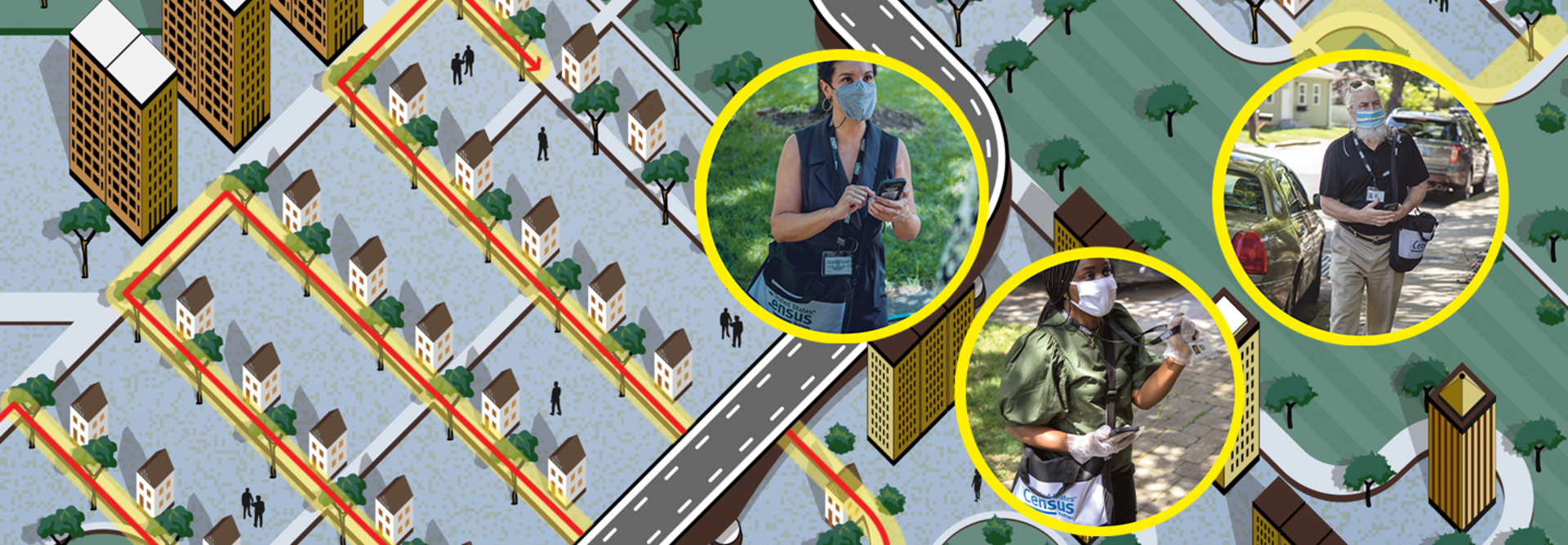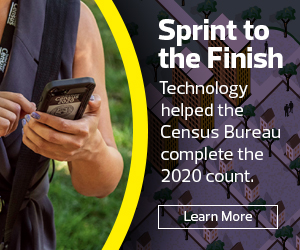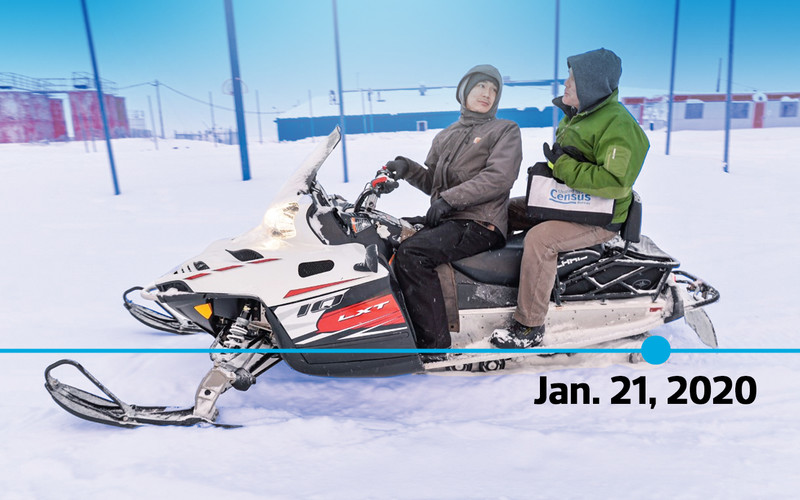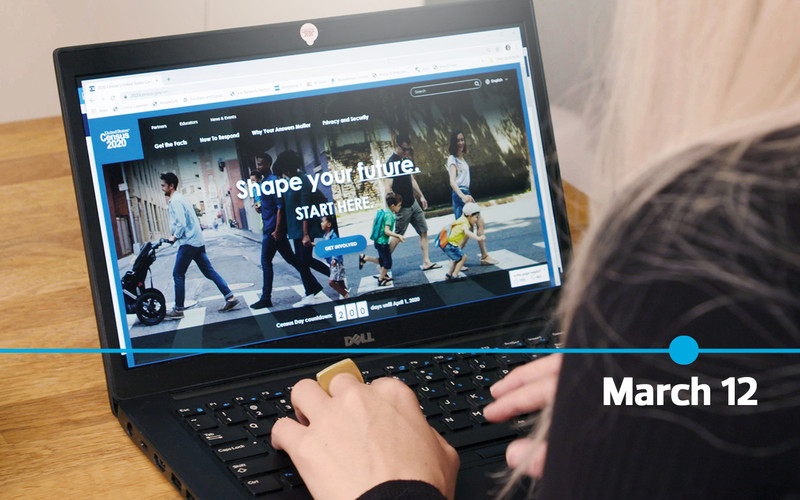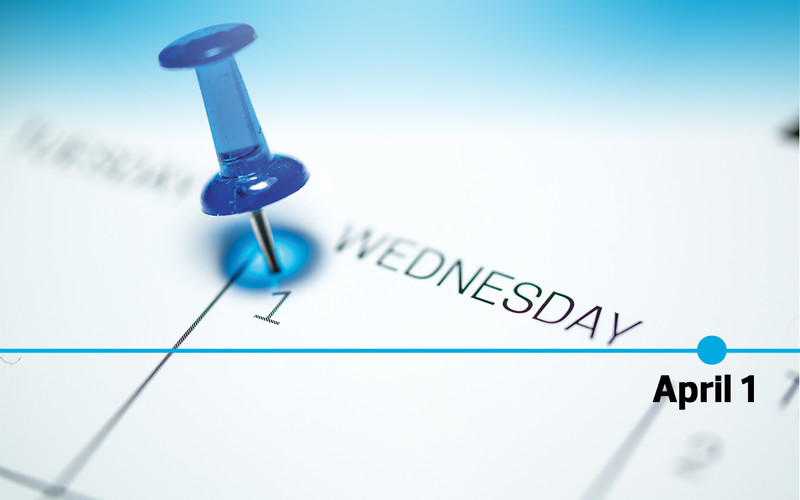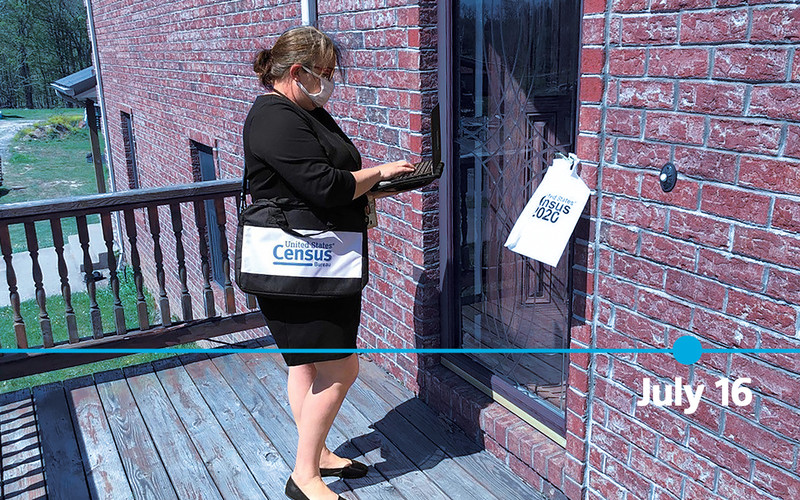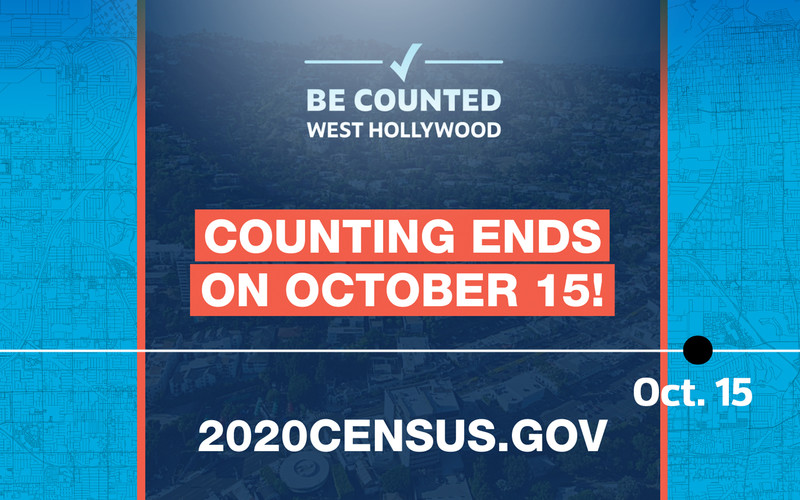The Census Bureau Faced a Host of Pandemic Problems
The census, mandated by the Constitution to occur every 10 years, impacts every U.S. resident. Its results are used to redraw federal and state legislative districts, determine the number of seats each state has in the House of Representatives and help decide how much federal money is allocated to communities for critical services such as Medicaid or free school lunches.
For this count, the bureau relied on the largest federal deployment ever of a Device as a Service solution, hiring technology provider CDW•G to purchase, configure and deliver more than 600,000 smartphones, tablets and laptops to 248 census field offices across the country.
“It required months and months of preparation, planning and preconfiguration of the devices, so they could all go out at once and be used at the same time,” says Randy Harris, CDW•G’s vice president of federal program management, capture and services.
The Census Bureau began its headcount on March 12, 2020, with the launch of its online portal for self-responses. Just one week later, most of the country began to shut down and shelter in place because of the coronavirus outbreak, which threatened the bureau’s critical door-to-door operations.
The pandemic also hampered CDW•G’s plans to prepare iPhones for the census enumerators, and iPad devices and Dell laptops for field supervisors. However, the company re-engineered its device provisioning process to stay on schedule while ensuring the safety of its employees.
“That took some very creative thinking and work to make their provision facilities capable of still producing what we needed, but with a socially distanced setup,” Thieme says.
The CDW Configuration Services team had developed a 24/7 operation and deployed a dedicated staff at its centers in Vernon Hills, Ill., and Las Vegas to load the Census Bureau’s software image onto the mobile devices, activate cellular service on the iPhones and iPads and test them to make sure they worked properly.
When the pandemic struck, the configuration services team equipped its employees with personal protective equipment, moved workbenches 6 feet apart and installed plastic partitions to protect employees. The team also deep cleaned its warehouses after every shift, so it had to eliminate some shifts and was no longer a 24/7 operation, says Jocelyn Guiwan, a CDW configuration services senior manager.



